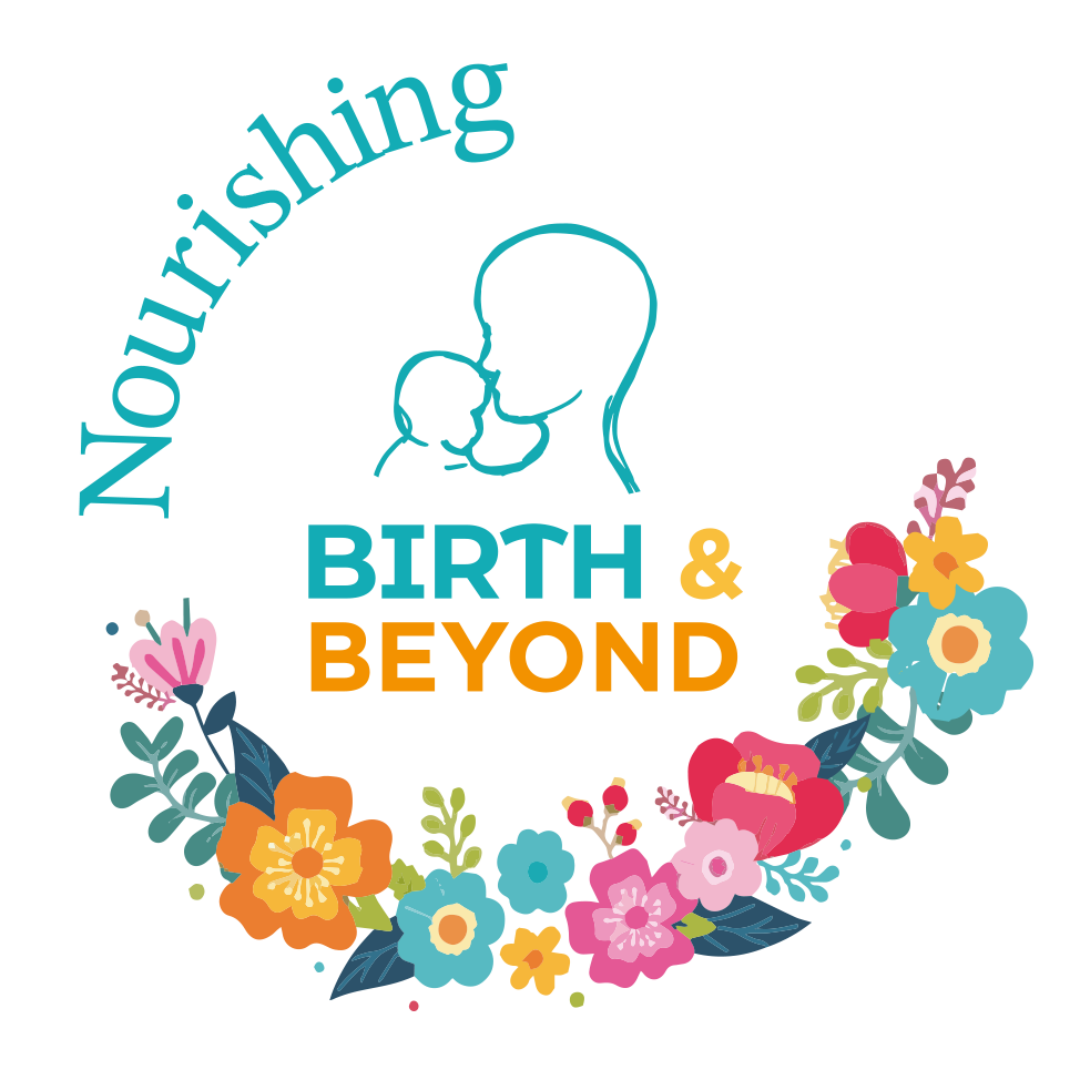Introduction
Discover the gentle art of paced bottle feeding and how it can transform your baby’s feeding experience, creating a nurturing environment that mimics breastfeeding and supports your little one’s natural instincts.
What is Paced Bottle Feeding?
Babies need to perfect the technique of sucking, swallowing and breathing. In utero they didn’t have to breathe so didn’t get to practice that bit yet. They’re perfectly designed to do all three (though some babies do struggle more than others for various reasons), but there are some ways we can support them in getting this right. Paced bottle feeding is one way and simply means feeding your baby in a way that they can control the flow of milk and be most relaxed and comfortable. Whether you’re mostly chest/ breastfeeding, combination, or fully bottle feeding human milk and/or formula, this technique is easy and beneficial for your baby.
Why Choose Paced Bottle Feeding?
Not only does paced bottle feeding allow your little one to feed at their own pace, it encourages the tongue to work more effectively (so long as the correct shaped teat is used), and it also mimics chest/ breastfeeding so is really helpful for if you’re doing both.
Paced feeding allows your baby to realise when they are full in time, to stop overfeeding, which can for some babies prevent reflux symptoms and encourage healthy digestion.

How Does Paced Bottle Feeding Work?
You can use a couple of positions to hold your baby. You can cradle them in your arms, but in a slightly more upright position than you may have seen previously (see image), or you can use the elevated side lying position.
If your baby is struggling with a bottle either not managing to take it or not managing to co-ordinate their suck, swallow & breath /they’re struggling with the flow, then the elevated side lying position may work well. I would generally suggest this position as a starting point if you’d like. Side lay one way for one feed, and the other for the next feed. If you’re using the cradle position it’s also beneficial to swap sides for feeds to help your baby stay balanced.
Often a bottle is held in a tilted position with the teat lower than the rest of the bottle. Instead we want the bottle to be in a horizontal position as per the image. This allows your baby to take the milk at their own speed. This is key for them feeding in a biologically normal way, that allows them to pause when they need and let you know when they’ve had enough.
It’s important to use a teat that is a similar shape to a breast, to engage the tongue fully when feeding. A tapered teat like the Lansinoh teat is ideal, at the lowest flow rate. Avoid teats that have a thinner nipple bit like Mam and Tommy Tippee as they encourage baby to just hang off the end. Instead your baby’s lips should flange out around the teat, with a wide gape, and the WHOLE teat being in their mouth, and their lips up to the plastic hub. Like the image.
At first it may feel quite strange to feed your baby in this way and it may take practice too. Don’t worry that the teat is only half full of milk, they won’t consume the air, instead they have the opportunity to prevent that air going into their tummy because the flow is slow.
Paced Bottle Feeding vs. Traditional Bottle Feeding
- goes at your babies pace vs the bottle becomes a bit like a hose, forcing milk into your little one whether they are ready or not
- encourages good tongue function that in turn helps with sleep and other bodily functions vs can leave the tongue working in a more passive “lazy” way which can have a knock-on effect
- means your baby can easily indicate they are finished (by moving their head away or falling asleep) vs baby can overfeed which can lead to constipation (in formula feeding babies) and digestive upset

Common Challenges and Solutions
If your baby feels too small to hold in a more elevated cradle hold, then elevated side lying would work well. You can rub your baby’s back whilst snuggling them in this position if you’d like.
If your baby is too long to lay length ways on your thighs, you can adjust the position so they are horizontal instead. Using a pillow for them to lay on works well.
If it feels awkward and clunky feeding in this way, know it will get easier, like all new skills do. You’re doing great, keep trying and if you feel really stuck, find a YouTube video to mimic.
Personal Anecdotes from Our Community
A client, lets call her Lucy, was fully breastfeeding her 4 month old, but keen for her to take the odd bottle with no success. I explained side lying paced bottle feeding and Lucy said “Thank you for suggesting this position! Managed to get bub to drink almost 60ml! She barely managed 15 before 🤩”
The Connection to Tongue Tie and Oral Dysfunction
Babies with oral dysfunction and tongue tie aren’t able to use their tongue properly. When fed in a “traditional” way we reinforce poor tongue movement and thus can exacerbate other problems associated with oral dysfunction such as mouth breathing, reflux, colic, poor sleep, etc. etc.
And babies that have no problems with their tongue and oral function, can run into problems from not using their tongue properly when feeding, so it’s definitely worth getting it right.
For more infant feeding resources go check out our podcast!
